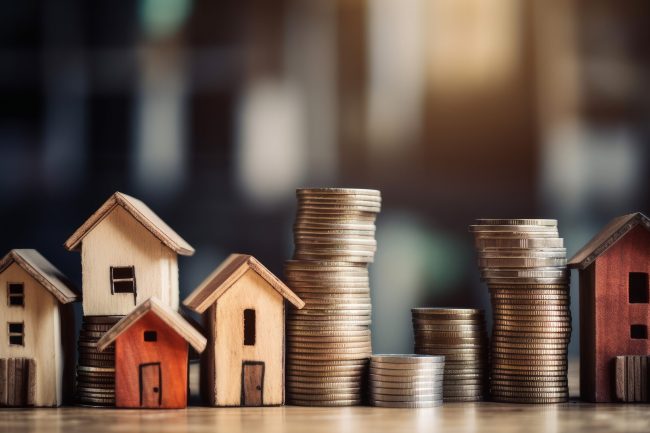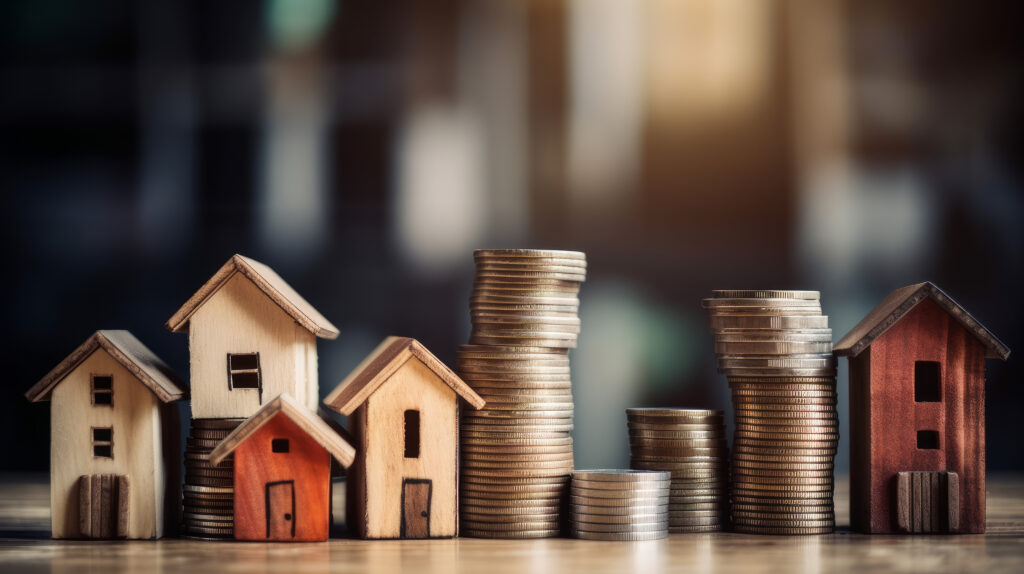Tiny homes have become extremely popular in recent years, especially under current real estate market conditions. Although a minimalistic lifestyle offers many financial benefits, buying a tiny home may not be as cost-effective as you might think. But before you decide to downsize and invest in one, you should consider these 10 hidden costs of owning a tiny home.
10 Hidden Costs of Owning a Tiny Home
At a time when people are getting priced out of the housing market, alternative housing options become more attractive. Tiny homes are especially appealing because of their low cost and flexibility with location. For some, it can be a great way to balance their debt against the costs of home ownership.
Although they may be cheaper than traditional houses, tiny homes may not be the bargain you think. The average cost usually ranges from $30,000 to $60,000. However, added amenities and other hidden costs of owning a tiny home could put you closer to $150,000. Therefore, you should consider these 10 expenses before you buy.
1. Land
When choosing the design, you’ll notice that some tiny homes are constructed with wheels and others are stationary structures. This decision alone will impact the total price since permanent homes will require you to lay a foundation (an additional $5,000 – $8,000). More importantly, it will also require you to purchase or rent land for your real estate.
Many places don’t allow you to place a tiny home on someone’s property for free. So, you will have to find a suitable location for construction. And even if you go with a mobile model, there are still site rental fees to factor into the total cost.
2. Loans
Your loan may also present additional hidden costs. Most tiny homes won’t qualify for a traditional mortgage since lenders often have a minimum loan amount. Furthermore, they may have other conditions that make your home ineligible.
Therefore, you will likely need another financing option like a personal or RV loan. Unfortunately, these loans also come with higher interest rates that will cost you more in the long run.
3. Zoning Laws and Permits
Zoning laws and permits can also affect how and where you build. Since it isn’t your typical home, you will need to check the municipal laws to see if there are any zoning, building, land use, or inspection regulations that apply. Laws will vary by location, but they tend to be more lax in rural areas.
No matter where you decide to put your tiny home, you will want to acquire all the necessary permits before you begin. Otherwise, it could get much more expensive if you try to get around the laws. In addition to large fines, you may end up deconstructing your tiny home if you build without proper approval.
4. Insurance
You should also keep in mind that you will need to carry homeowners insurance. It is a requirement for most lenders, and even more important for those who plan to travel with their tiny home.
But, it can be challenging to find appropriate coverage. Getting certification from the National Organization for Alternative Housing (NOAH) will help your cause. Providing details to the insurer could also present more options. However, there is no way around the cost of insurance since you will need to protect your home and your financial future.
5. Materials
Unfortunately, the cost of building materials has remained high since the pandemic. Ongoing supply chain issues and inflation will make it expensive to build your tiny home now. Those with specific tastes and custom builds will pay even more.
Most builders spend somewhere between $20,000 and $60,000 for materials. Keep in mind that this will vary depending on your design preferences. And if you go the pre-built route, it could set you back even further. When you look at the total cost, a tiny home isn’t the bargain most people imagine.
6. Customizing the Space
Most tiny homes are less than 500 square feet. While people prepare for the limited space, they don’t always think about the cost of customizing it. The more amenities and finishes you add, the more expensive it gets.
Then, you also have to deal with finding furniture and appliances to fit the space. If standard sizes don’t work, you may have to find compact models or custom-order pieces that are specifically designed for tiny homes. All of these additional fees will undermine the savings of opting for a smaller home.
7. Utilities
Although your bills will be smaller, you will also have to include the cost of utilities in your budget. While it will cost less to heat and cool a smaller space, you will still need access to electricity, water, and telecommunications.
And if you plan to live off the grid, it gets more expensive the more remote you are. For the most isolated locations, you should also consider rain collection systems and satellite services to ensure you have what you need.
8. Costs of Towing
If you decide you want your tiny home to be mobile, don’t forget the towing fees. First, you will need a large vehicle to move it from place to place. This means that you will have to buy or rent a truck or SUV with the proper towing capacity.
Then, there is the cost of gas. Since you are pulling more weight, you will burn through fuel quicker. So if you plan to move your tiny home frequently, it could become a considerable expense.
9. Maintenance
If you move around a lot, the maintenance fees are additional hidden costs of owning a tiny home. You will have more wear and tear than your average home since it is exposed to more risks such as vibrations from the road, high winds, potholes, and accidents.
You never know what will damage the structure and your belongings inside. So, you may find yourself spending more to replace things and get it back to peak condition.
10. Storage
Some people choose to live in a tiny home to downsize and live a simpler life. This can be an effective way to achieve a minimalistic lifestyle since you will have limited space.
Although great in theory, it is much harder to downsize than people realize. If you have valuable or sentimental items that won’t fit into your tiny home, then you will also have to pay to rent a storage unit. So if it’s the simple life you’re after, you need to ask yourself if you can live with only the things that space allows.
Is It Worth Owning a Tiny Home?
When it comes down to it, this is an important question that only you can answer. And, it really depends on what your goals are for it.
My husband and I were initially interested in a tiny home because it offers plenty of lifestyle benefits: simplicity, flexibility, travel, and a smaller carbon footprint. But, it’s a huge investment with no guarantees you will be able to resell it in the future.
Right now, it doesn’t make sense for us. However, it may be a better option once we retire. Although it won’t eliminate housing costs, it will minimize them.
If you are considering a tiny home, talk to others who have one to get a realistic picture of what ownership looks like. You should also discuss it with your financial advisor to make sure you don’t fall into the hidden costs of owning a tiny home.
Read More
- Are Manufactured Homes a Good Investment?: All You Need to Know
- 5 Common Pitfalls To Avoid When Buying Your First Home
- Budgeting for Home Improvements
- Loans for Stay-at-Home Moms – What Are Your Options?

Jenny Smedra is an avid world traveler, ESL teacher, former archaeologist, and freelance writer. Choosing a life abroad had strengthened her commitment to finding ways to bring people together across language and cultural barriers. While most of her time is dedicated to either working with children, she also enjoys good friends, good food, and new adventures.







